Beneath the polished chrome of showroom floors and the corporate campaigns of auto manufacturers lies a much grittier, more passionate heart of car culture: the underground tuning scene. Born in garages, back alleys, and abandoned airstrips, tuning culture has long existed outside the mainstream, shaped by a DIY spirit, rebellion, and relentless creativity.
While the mainstream auto industry has focused on innovation in design, safety, and production efficiency, the underground scene has consistently pushed the boundaries of performance, aesthetics, and personalization, often years ahead of official trends.
What began as isolated communities—illegal street racers in Japan, lowrider clubs in California, or turbocharged Volkswagens on European roads—has exploded into a global influence that modern car culture now wears as a badge of authenticity.
The underground tuning scene is a multifaceted, evolving culture that merges mechanical expertise, street knowledge, and artistic expression. For many, it began as a necessity—making do with what was available, modifying stock cars to enhance speed, control, or just visual appeal.
Over time, it became a statement. From the neon-lit, high-octane visuals of the early 2000s to the highly technical engineering marvels of today’s garage-built machines, this culture reflects a broader ethos: cars aren’t just transportation; they’re a canvas, a lifestyle, a rebellion.
Movies like The Fast and the Furious glamorized it, but the true core of tuning culture always lived in the secrecy of industrial lots, weekend meets, and midnight runs.
Also read: 5 Sedans That Handle Aging Gracefully and 5 That Don’t
Fast forward to today, and the fingerprints of underground tuning are everywhere—from the aesthetic choices of new car designs to the performance packages offered by major manufacturers.
Brands now cater to an audience educated by the tuning world: buyers who know what a turbo swap is, who understand the significance of stance, who ask about torque curves and ECU remaps before making a purchase.
Tuning shops have become legitimate businesses, YouTube dyno runs draw millions of views, and automakers include “Track Mode” settings inspired by modifications once considered fringe. This article will explore how underground tuning scenes—from JDM legends and Euro builds to American muscle rebirths—have fundamentally shaped the way we view, use, and value cars today.
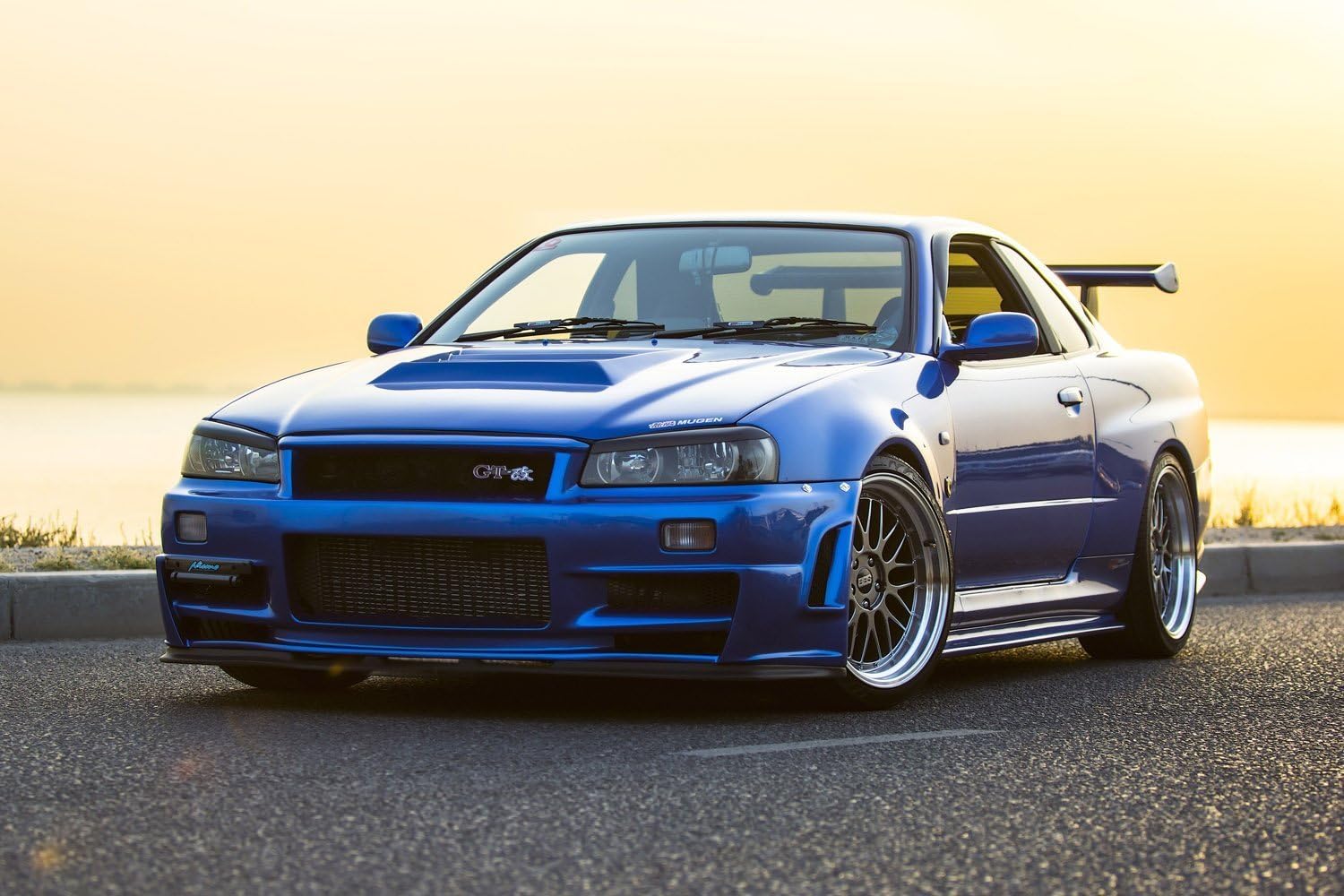
The Birth of Tuning Culture: Post-War Origins to the 1980s
The origins of tuning culture can be traced back to the post-World War II era, particularly in the United States and Japan. In the U.S., returning soldiers brought with them mechanical skills, a thirst for adrenaline, and access to surplus vehicles. These young men began modifying old Fords and Chevys—lowering suspensions, stripping excess weight, and boosting engines to create hot rods.
The California desert became a haven for these racers, where dry lake beds provided ample space to test limits. Meanwhile, in Japan, young street racers known as hashiriya began customizing compact cars, focusing on agility and lightweight builds to navigate the country’s winding roads.
Throughout the 1960s and ’70s, tuning evolved in different directions depending on local laws, available vehicles, and social climates. In Europe, where fuel prices were higher and roads narrower, tuning leaned toward performance efficiency—think VW Golf GTIs and BMW E30s, favoring small, agile machines with precision handling.
In contrast, the American muscle car era flourished with bold V8s, aggressive styling, and straight-line speed. These cultural differences laid the foundation for the diverse tuning philosophies that still exist today. What they shared, however, was a core principle: taking the ordinary and making it extraordinary through personal modification.
By the 1980s, the groundwork was set for a full-blown underground scene. Import models began to reach new markets, and with them came a surge of interest in tuning. Japanese cars like the Toyota AE86, Mazda RX-7, and Nissan Skyline became icons not because of manufacturer marketing, but due to the ingenuity of garage builders who saw potential in stock platforms.
Turbochargers, nitrous oxide kits, and ECU tuning became more accessible, allowing hobbyists to achieve performance levels that rivaled professional racers. The underground wasn’t just a hobby—it became a subculture, tightly knit and protective of its spaces and secrets.
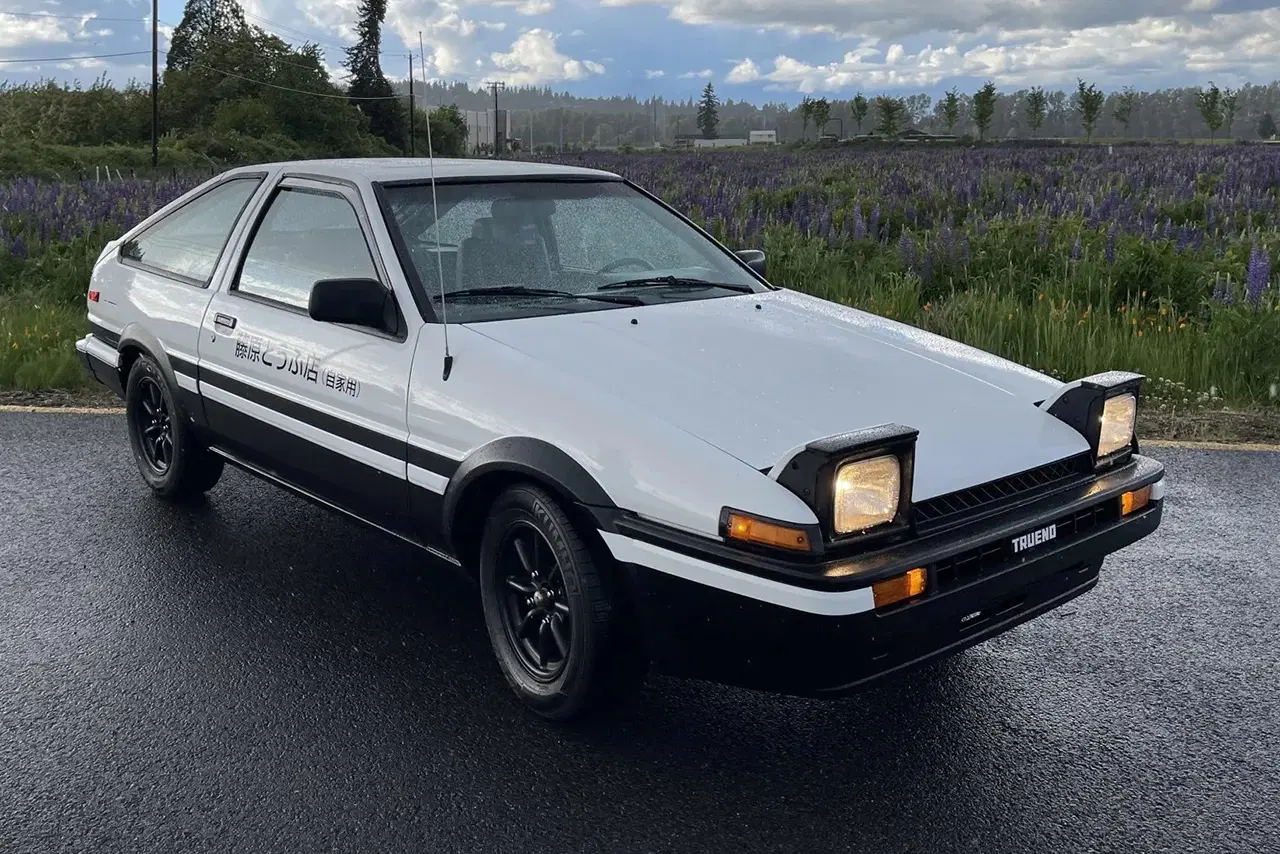
Japanese Influence and the Rise of JDM Culture
Perhaps no segment of the underground tuning scene has had more global impact than Japan’s Domestic Market (JDM) culture. In the 1990s, Japan’s streets—especially in areas like Osaka and Tokyo—became home to highly skilled racers and tuners who turned small, nimble cars into high-performance beasts.
These underground racers, sometimes operating as organized teams like the infamous Mid Night Club, developed unique styling and performance philosophies. Focused on balance, precision, and innovation, JDM tuning emphasized aspects like weight reduction, suspension tuning, and engine swaps (like the famous RB26DETT into Skylines). They valued “kaizen”—continuous improvement—and it showed.
What set JDM tuning apart was its mix of technical sophistication and aesthetic flair. Japanese tuners didn’t just want cars to be fast—they wanted them to express identity.
The widespread use of vinyl decals, body kits, custom interiors, and exotic paint jobs gave each build a personal signature. Magazines like Option and shows like Best Motoring showcased these cars, inspiring international audiences.
Soon, enthusiasts from the U.S., Europe, and Southeast Asia began importing Japanese cars and parts, forming a global tuning network long before social media made such things easy. Japan’s underground tuning scene became aspirational, especially as many of these builds outperformed factory supercars at a fraction of the cost.
Hollywood caught on, and the result was a massive cultural shift. When The Fast and the Furious debuted in 2001, it brought JDM tuning culture into the spotlight. The neon underglow, drifting, and iconic cars like the Toyota Supra and Mitsubishi Eclipse captured the imagination of a new generation.
While some purists saw this as a dilution of the true underground ethos, others recognized it as a validation of their passion. Japanese tuning culture went from hidden garages to mainstream admiration, but its core influence remained intact: performance driven by passion, not profit, and an unwavering belief that a car could always be more than it was.
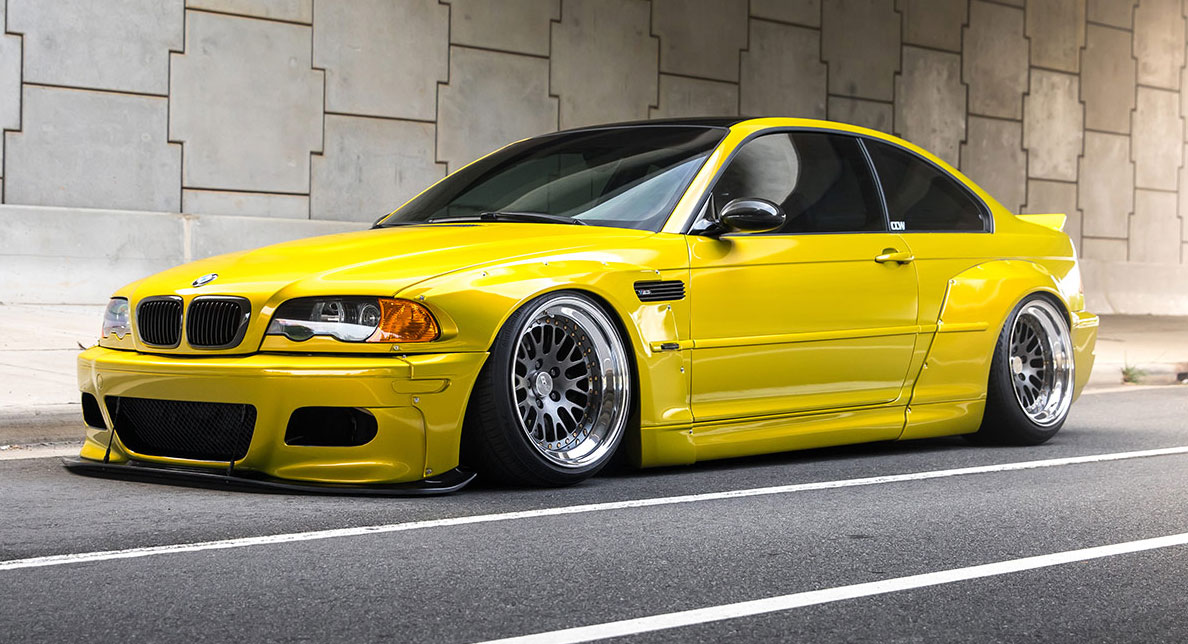
Euro Tuning: Precision, Style, and Performance Engineering
While JDM often gets the spotlight, European tuning culture—especially in Germany and the UK—played a critical role in shaping modern car customization. Rooted in precision engineering and subtle aesthetics, Euro tuning took a different path.
Rather than flamboyant visuals, Euro builds often focused on clean lines, “OEM+” styling (modifying cars in ways that look like they came from the factory), and performance mods that emphasized handling and ride quality over raw horsepower. Brands like BMW, Volkswagen, and Audi became favorites, particularly models like the E36 M3, Golf GTI, and Audi S4.
One hallmark of Euro tuning is the emphasis on ride stance and wheel fitment. Suspension systems were often upgraded with coilovers or air rides to achieve a perfect drop, and great care was taken in selecting wheels that complemented the body.
Interiors were reupholstered in fine leathers, gauges replaced or added, and sound systems stealthily installed to preserve a clean aesthetic. This meticulous approach reflected broader European design philosophies: form and function working hand in hand.
Clubs like “Players Show” in the UK and “Wörthersee” in Austria became gathering spots for the Euro tuning elite, where attention to detail was not just expected—it was celebrated.
Euro tuning also pushed the limits of diesel and turbo performance. German tuners like ABT, Brabus, and Alpina became legends for transforming already-powerful German sedans into beasts that could rival supercars. Meanwhile, independent garages embraced ECU remapping, turbo upgrades, and dual-clutch tuning to maximize every ounce of performance.
This fusion of high-end refinement and underground creativity helped influence how European manufacturers approached their own sport models. Today, cars like the Audi RS line or BMW M series bear the imprint of decades of Euro tuners showing what was possible beyond factory constraints.
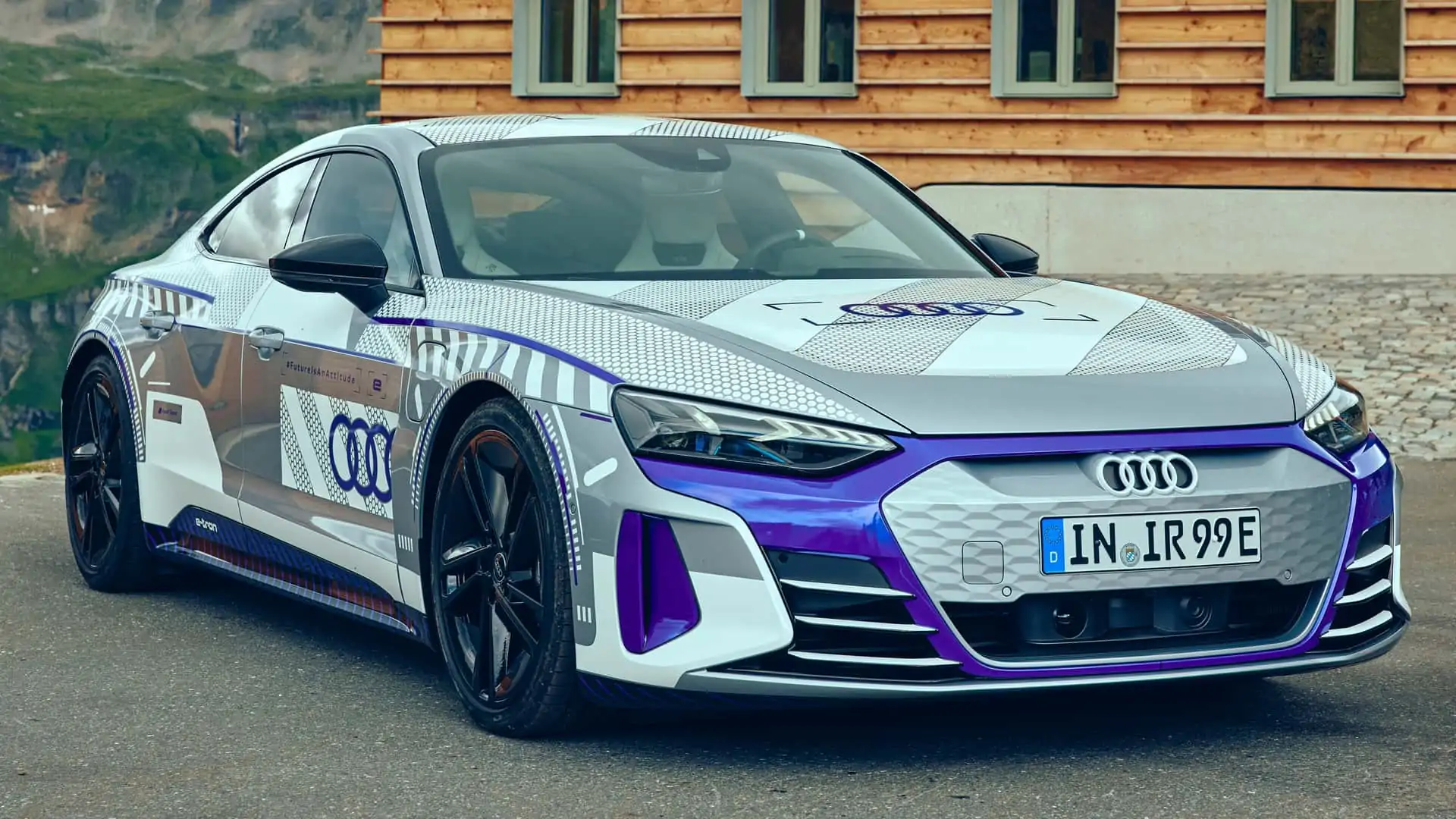
American Muscle Reimagined: The Street Racer Renaissance
American tuning has always had a distinct flavor—loud, brash, and built on raw power. From the early days of hot rods to the muscle car boom of the 1960s and ’70s, Americans have loved making big cars go fast. But by the 1980s and early ’90s, emissions regulations and rising insurance costs nearly killed the muscle car.
That’s when a new generation of underground tuners stepped in, reviving and reimagining the V8 legacy with modern technology. Cars like the Ford Mustang, Chevy Camaro, and Dodge Charger were modified with aftermarket superchargers, drag slicks, and nitrous kits to dominate the quarter-mile scene.
What differentiated this new wave of American tuning was its hybridization of old-school muscle with new-school tech. Tuners began integrating EFI systems, laptop-based engine tuning, and data logging. DIY garages became dyno labs, and forums like LS1Tech or YellowBullet became digital temples of knowledge-sharing.
The LS engine swap became a legendary formula—putting the lightweight, powerful GM V8 into just about anything, from classic Chevelles to Nissan 240SXs. American underground tuning wasn’t just about brand loyalty—it was about power, period.
This resurgence influenced Detroit itself. Seeing the popularity of modified vehicles, automakers began offering performance packages like Ford’s SVT line, Chevy’s SS badge,
and Dodge’s SRT brand. Factory cars began to mirror the modifications seen on the street: functional hood scoops, wider tires, track-ready suspensions, and built-in tuning options. Even electric muscle cars like the Mustang Mach-E GT draw from this ethos—fast, aggressive, and modifiable. What was once a fringe culture of burnout-happy rebels has now become part of the American performance legacy.
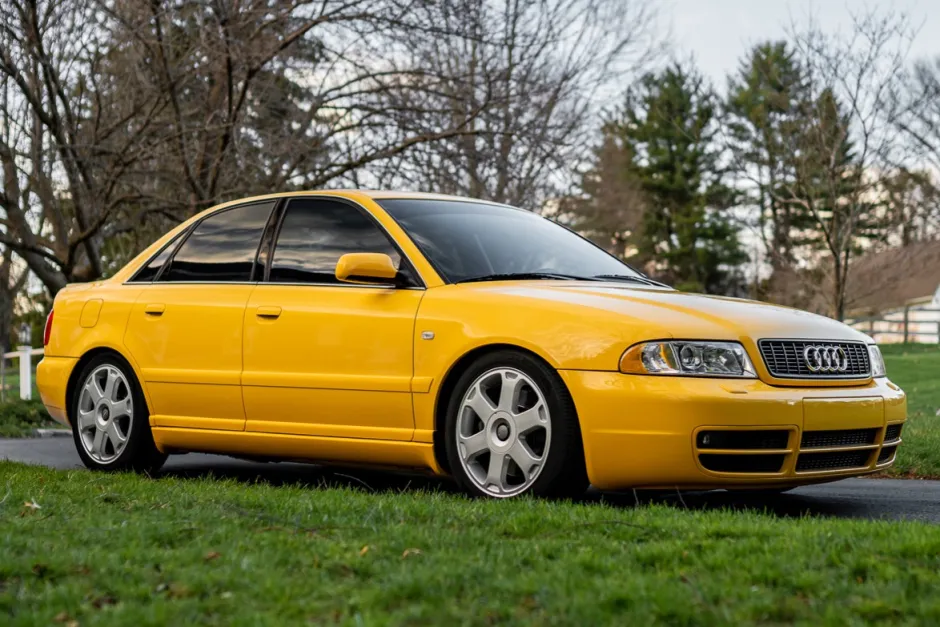
The Digital Age: Online Communities, Social Media, and Globalization
The rise of the internet and social media has completely transformed the underground tuning world, turning local legends into global influencers and garage builds into viral sensations. In the early 2000s, forums like NASIOC, Honda-Tech, and VWVortex were the primary places to share build threads, troubleshoot issues, and swap parts.
These communities democratized knowledge, allowing a kid in Nebraska to learn from a pro tuner in Tokyo or a rally builder in Finland. As platforms evolved, YouTube and Instagram brought video and high-res imagery into the mix, further elevating tuning into a globally recognized art form.
YouTube dyno pulls, drift vlogs, and cinematic build series have created new celebrities—builders like Adam LZ, Mighty Car Mods, or B is for Build have inspired millions to pick up a wrench. On Instagram and TikTok, short-form content allows users to show off their rides with editing flair, catchy music, and detailed part lists.
Hashtags like #CarTok, #TunerCulture, and #JDMNation have built massive followings. This global exposure has also increased standards—what once passed as a “clean build” is now scrutinized by a global audience, pushing quality, creativity, and execution to higher levels.
Meanwhile, online marketplaces and tuning companies have expanded rapidly to meet global demand. Parts from Japan can be shipped overnight, ECU tunes downloaded from cloud servers, and custom parts 3D-printed based on open-source designs. Online platforms like Fitment Industries, Import Image Racing, and eBay Motors have made tuning more accessible than ever.
But with this democratization comes the challenge of saturation—standing out in a sea of builds is harder than ever. Still, the internet has ensured that the spirit of underground tuning—collaborative, innovative, and personal—will never be confined by geography again.
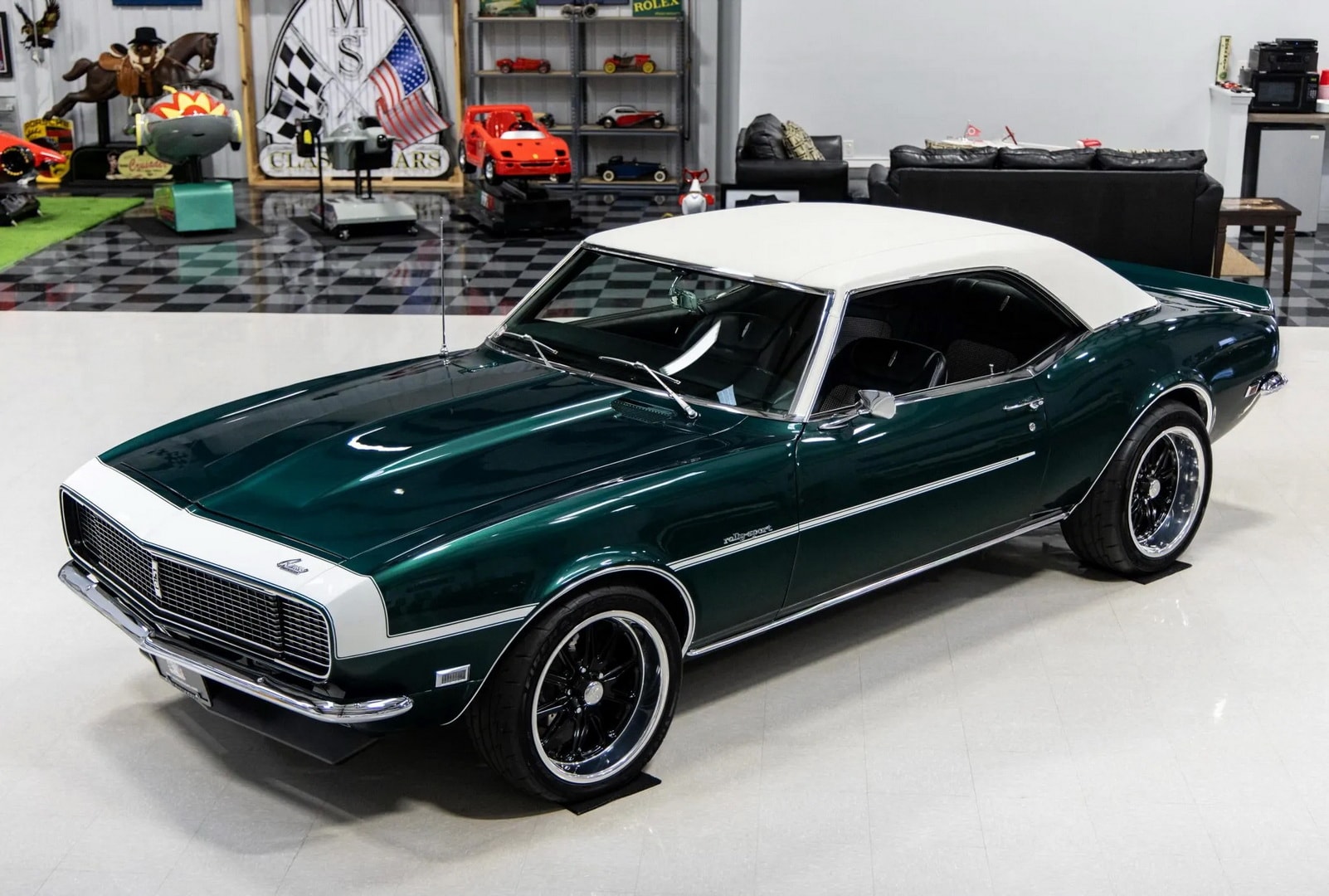
From Underground to Iconic
The underground tuning scenes have done more than just modify cars—they’ve redefined what car culture means. They transformed vehicles from mass-produced commodities into personalized expressions of identity, performance, and community.
These once-hidden worlds have risen to shape everything from design philosophy and engineering trends to marketing strategies and motorsport innovations. Whether it’s a turbocharged Civic racing down a highway, a bagged Audi parked at a show, or a restomod Mustang tearing up a track, the legacy of the underground lives on.
Also read: 5 Compact Cars That Endure City Driving and 5 That Break Too Fast
In every region of the world, from Tokyo to Berlin to Detroit, the fingerprints of passionate tuners can be seen in the vehicles on the road today. They took what manufacturers built and reimagined it. They found beauty in imperfection, speed in unlikely places, and identity in wrench-turned bolts.
As we enter an age of EVs and autonomous cars, the question remains: what role will tuning play in this future? If history has taught us anything, it’s that the underground will always find a way to push limits, break rules, and inspire the next generation of car lovers.

